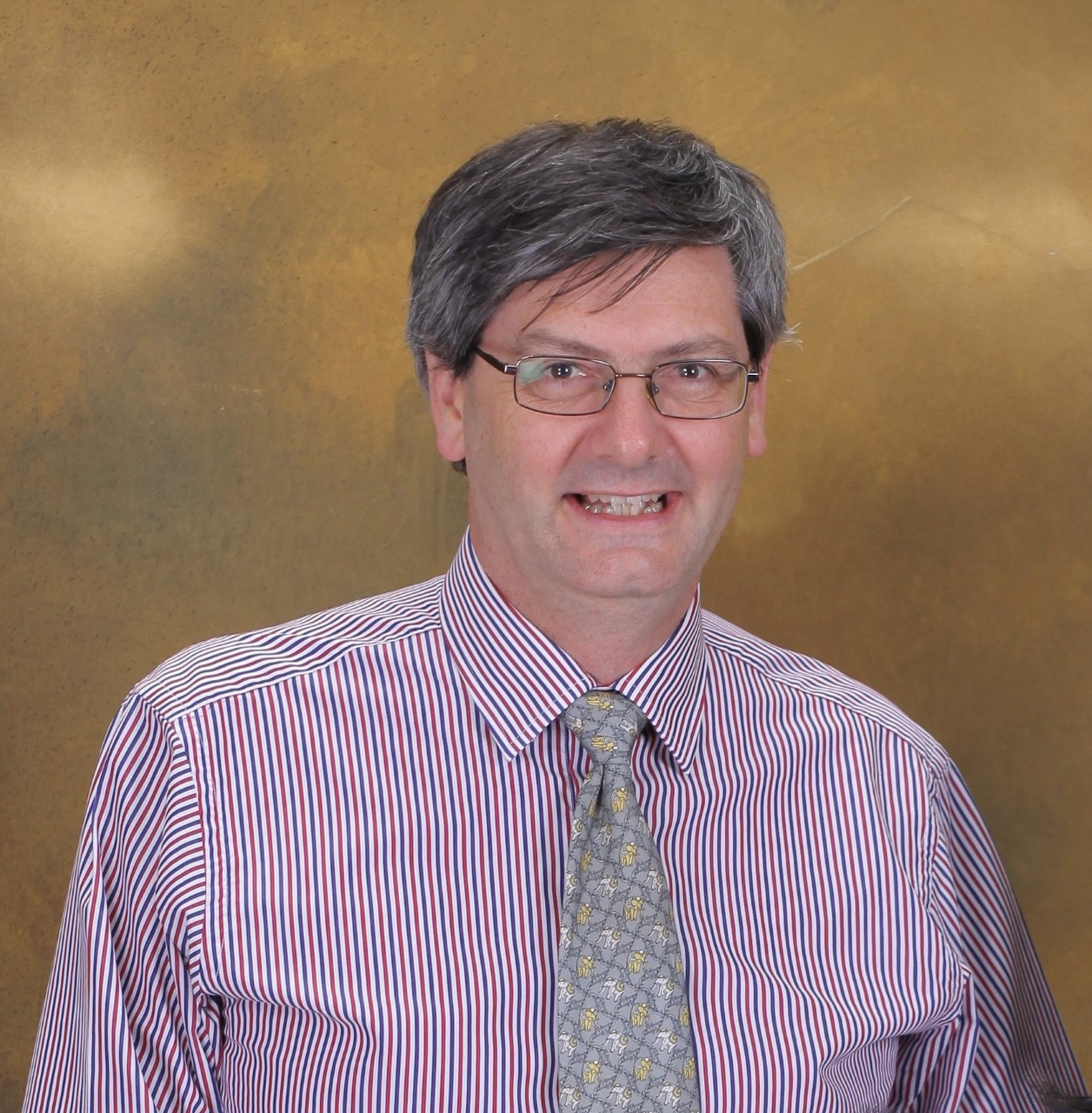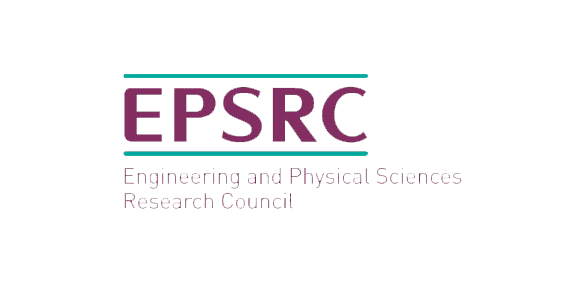Speakers
 Prof. Christopher Chantler
Prof. Christopher Chantler
- Professor of Physics University of Melbourne
Christopher Chantler is Professor of Physics at the University of Melbourne where his major research interests include high-accuracy XAS in transmission and fluorescence, XERT and Hybrid techniques at synchrotrons, atomic and condensed matter theory and experiment, and tests of Quantum Electrodynamics [QED] at Electron Beam Ion Traps [EBITs]. He is a Fellow of the AIP and APS. This year he has been awarded the prestigious Lawrence Bragg medal for contributions to X-ray and Synchrotron Science and Spectroscopy, and fundamental interactions for X-ray processes and Crystallography.
He received his D Phil from Oxford in High-accuracy X-ray tests of Quantum Electrodynamics with following fellowships at Oxford and the National Institute for Standards and Technology, Maryland, USA. He returned to Australia and the University of Melbourne some 28 years ago.
His research makes extensive use of synchrotron, X-ray and IR beamlines and in particular XAS of all types. He has used BigDiff at Tsukuba extensively in collaboration with Australian and Japanese collaborators. He has published over 211 papers and his work has been recognised with numerous awards including the international JARI Enterprise award, and the David Syme Prize. He has chaired, co-chaired or been the scientific or proceedings chair on many conferences. He has just completed the longest period as Chair of the International Union of Crystallography Commission on XAS, being now a Consultant, is a member of the Society of Crystallographers in Australia and New Zealand, recent President of the International Radiation Physics Society, a member of IUCr Commissions including on International Tables, Editor-in-Chief of Radiation Physics and Chemistry, and Editor of the new coming International Tables for Crystallography, Volume I on X-ray Absorption Spectroscopy.
He has created several new fields of inquiry, including high-accuracy XAS and analysis with uncertainty, the popular FDMX codes, updates of GRASP atomic theory, the first measurements of low energy Inelastic Mean Free Paths at synchrotrons, and the new coupled plasmon theory of solid state transport. Recently he has applied this to understand such issues as Alzheimer’s disease using synchrotrons. In a recent collaboration with Diamond, he has discovered new satellites in manganese XES and HERFD data sets.




